
Can Rose Gold Plating Be Added to Jewelry?
Can rose gold plating be added to jewelry? Absolutely! This process can transform your jewelry into something fresh and elegant. It involves preparing the surface for a flawless bond before applying the rose gold, typically through electroplating or immersion techniques. Choosing compatible base metals, such as sterling silver or brass, ensures a lasting finish. While rose gold plating enhances aesthetics and provides resistance to tarnishing, it may wear over time, revealing the base metal underneath. Proper care and maintenance can extend its lifespan, and customization options allow you to create a unique piece. If you want durable, stylish options, check out our Waterproof Jewelry collection for designs that resist tarnishing and fading. There's much more to explore about the process and your choices ahead.
Understanding Rose Gold Plating
When you think of rose gold plating, imagine a delicate blush hue that brings warmth and sophistication to any piece of jewelry.
This stunning color has a rich history, originating in the early 19th century when Russian jewelers created it by alloying gold with copper. The resulting metal was celebrated for its romantic tone and durability.
Today, various plating techniques are used to achieve that coveted rose gold finish. Electroplating is the most common method, where a thin layer of rose gold is deposited onto a base metal, enhancing both appearance and value.
Understanding these techniques helps you appreciate the craftsmanship behind your favorite pieces, ensuring you choose jewelry that embodies both style and quality.
The Plating Process Explained
As you explore the world of rose gold plating, you'll discover that the process is both intricate and fascinating. It begins with surface preparation, ensuring the jewelry is clean and free of impurities.
Next, various plating techniques come into play, such as electroplating or immersion plating, where a thin layer of rose gold is applied. You'll notice thickness variations, as the desired level of durability affects the time and current used during plating. Typically, a thicker layer offers better protection but may alter the appearance.
The final stage involves polishing and finishing, enhancing the jewelry's shine. Understanding these steps helps you appreciate the artistry and craftsmanship behind each piece, making your rose gold-plated jewelry truly special.
Jewelry Materials Compatible With Plating
When you're choosing jewelry for rose gold plating, understanding compatible materials is essential.
Common metals like sterling silver and brass work beautifully with the plating process, enhancing the final look.
However, certain materials, like plastic or non-metal alloys, just won't hold up under the plating, so it's best to avoid them.
Common Metals for Plating
Several metals are commonly used for plating jewelry, each offering unique benefits that enhance both appearance and durability.
Silver plating is popular for its lustrous finish, giving pieces a bright, eye-catching look. It's versatile and complements a variety of base metals, though it may require periodic reapplication due to wear.
Copper plating, on the other hand, provides a warm undertone and excellent adhesion, making it ideal for intricate designs. It's often used as a base layer before applying other finishes, such as gold or rose gold plating.
Both silver and copper plating can transform ordinary jewelry into extraordinary pieces, enhancing their aesthetic appeal while adding a layer of protection against tarnishing and scratches.
Non-Compatible Materials
Not all jewelry materials are suited for plating, and knowing which ones to avoid can save you time and frustration.
Some metals, like certain types of stainless steel and nickel, often present plating limitations due to their chemical properties and surface textures. These incompatible alloys can hinder proper adhesion, leading to chipping and premature wear.
Additionally, materials like plastic or some synthetic stones can't hold plating, as they don't provide the necessary conductivity for the plating process.
If you're considering rose gold plating, it's essential to select compatible metals like sterling silver or solid gold, ensuring a beautiful and lasting finish.
Avoid the headaches by recognizing these non-compatible materials before diving into your plating project.
Benefits of Rose Gold Plating
Rose gold plating offers a mesmerizing blend of elegance and durability, making it a popular choice for jewelry enthusiasts.
With its warm, blush tones, rose gold aesthetics add a unique charm that complements various skin tones and personal styles. This trend in jewelry has captured hearts, allowing you to enjoy the luxurious look of solid gold without the hefty price tag.
The plating process involves a thin layer of rose gold applied over a base metal, enhancing durability while maintaining a lightweight feel. Plus, its resistance to tarnishing means your jewelry will maintain its stunning appearance over time.
Embracing rose gold allows you to stay on-trend while enjoying a versatile piece that can seamlessly adapt from casual to formal occasions.
Potential Drawbacks to Consider
While the allure of rose gold plating is undeniable, there are some potential drawbacks that you should consider before making a purchase.
One major concern is the durability of the plating. Over time, with long term wear, the finish can wear away, exposing the base metal underneath, which may not match the rosy hue you initially loved.
Additionally, if you have sensitive skin, you might experience skin reactions, such as irritation or discoloration, especially if the underlying metal contains nickel.
Even the most beautiful piece can lose its charm if it doesn't hold up to everyday wear or causes discomfort.
Weigh these factors carefully to guarantee you choose jewelry that not only looks stunning but also feels good against your skin.
Maintenance of Plated Jewelry
To keep your rose gold plated jewelry looking its best, proper maintenance is key.
Start with gentle cleaning techniques—use a soft, lint-free cloth to wipe away dirt and oils after each wear. For deeper cleans, mix a few drops of mild soap with warm water, dampen a cloth, and carefully wipe the jewelry, avoiding any harsh chemicals. Rinse with clean water and dry thoroughly.
To enhance longevity, store your pieces separately in a cool, dry place, away from direct sunlight and humidity. Avoid wearing them while swimming or exercising, as sweat and chlorine can cause tarnishing.
Following these tips will help preserve the beauty of your rose gold plating, ensuring it stays radiant for years to come.
Customization Options Available
When it comes to personalizing your jewelry, the customization options for rose gold plating are both varied and exciting. You can choose from an array of custom designs, allowing you to express your unique style.
Whether you're looking to plate an existing piece or start fresh, the possibilities are endless. Consider adding initials, special dates, or meaningful symbols to your jewelry for a personalized touch.
You may also explore different finishes, such as matte or high-polish, to complement the rose gold hue. Additionally, selecting the thickness of the plating can enhance durability while maintaining the aesthetic you desire.
With these personalization options, your rose gold jewelry can truly reflect who you're and tell your story.
Professional vs. DIY Plating
If you're considering rose gold plating, you might find yourself weighing the benefits of professional services against the allure of DIY options.
Professional plating typically uses specialized equipment that guarantees a uniform, durable finish. Experts can assess your jewelry's material, adjusting techniques to achieve ideal results.
On the other hand, DIY kits offer a more hands-on approach, allowing you to release your creativity. However, these kits often lack the professional equipment necessary for a long-lasting finish, which may lead to uneven coverage or faster wear.
If you're skilled and patient, DIY can be rewarding, but if you want assured quality, professional services are the way to go. Balancing your skills with your expectations will guide your decision.
Frequently Asked Questions
Can Rose Gold Plating Be Removed From Jewelry?
Yes, you can remove rose gold plating from your jewelry, but it requires careful plating removal techniques. For best results, consider professional services to avoid damaging the underlying metal and guarantee proper jewelry care.
How Long Does Rose Gold Plating Typically Last?
Rose gold plating typically lasts one to three years, depending on plating thickness and your maintenance tips. To extend its life, avoid harsh chemicals, store it properly, and clean it gently to preserve the shine.
Is Rose Gold Plating Hypoallergenic?
Rose gold plating isn't inherently hypoallergenic. If you've got skin sensitivity, the base metal underneath might cause reactions. It's best to check the jewelry's composition to guarantee it suits your skin's needs.
Can I Plate Over Existing Gold Jewelry?
Yes, you can plate over existing gold jewelry. The plating process involves preparing the surface, ensuring proper adhesion, and then applying the new layer. This technique is often part of jewelry restoration, revitalizing your treasured pieces beautifully.
What Should I Avoid to Maintain Rose Gold Plating?
To maintain rose gold plating, avoid harsh cleaning methods and chemicals. Instead, gently wipe with a soft cloth. Store your jewelry in a cool, dry place, away from sunlight and moisture, to prevent wear.
Conclusion
Incorporating rose gold plating into your jewelry can truly elevate its aesthetic, giving it a luxurious touch without the hefty price tag of solid gold. While the plating process and material compatibility are essential, the benefits often outweigh the drawbacks. Just remember to maintain your plated pieces properly to preserve their shine. Whether you choose to customize or go for professional plating, you're sure to enjoy the beauty of rose gold in your collection for years to come.






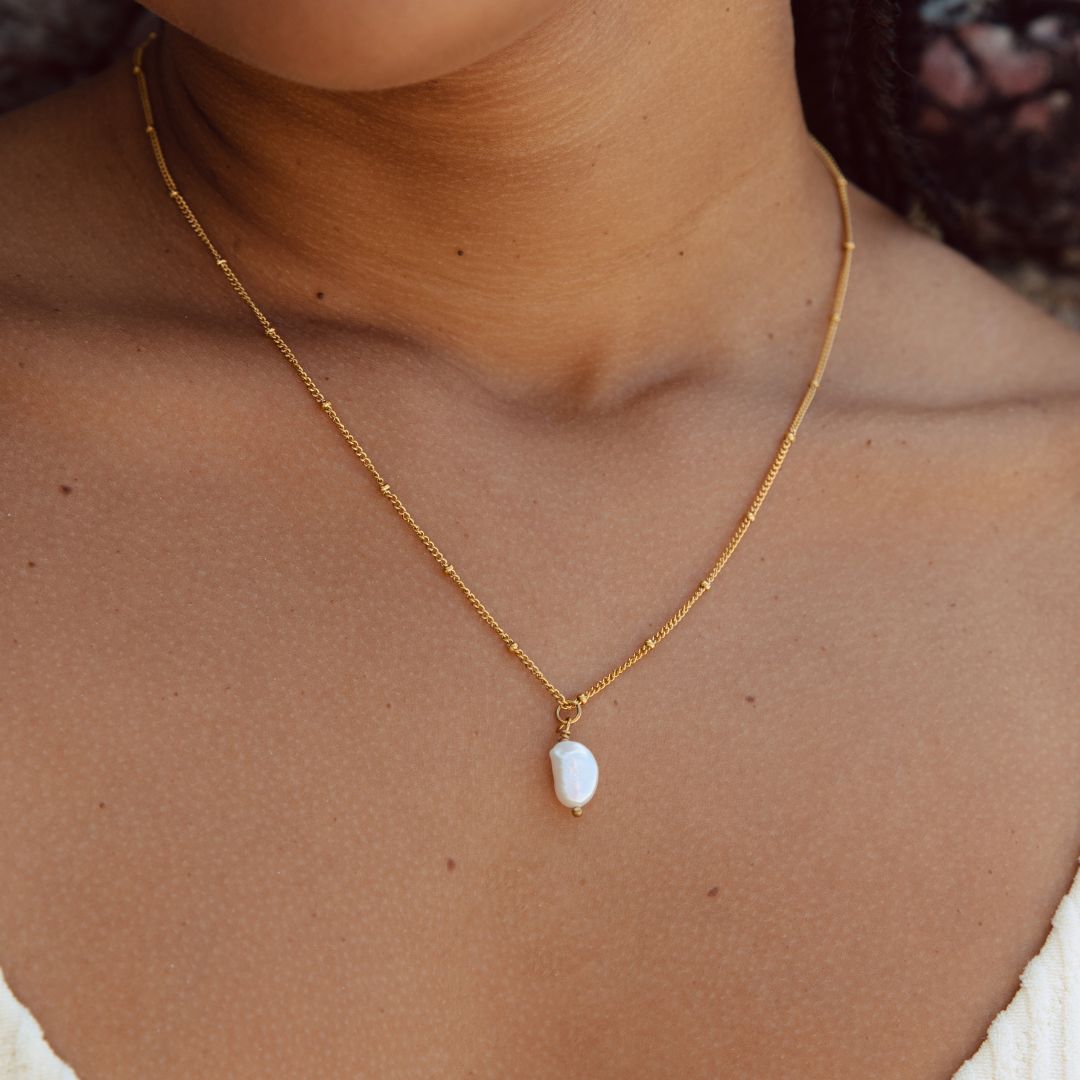

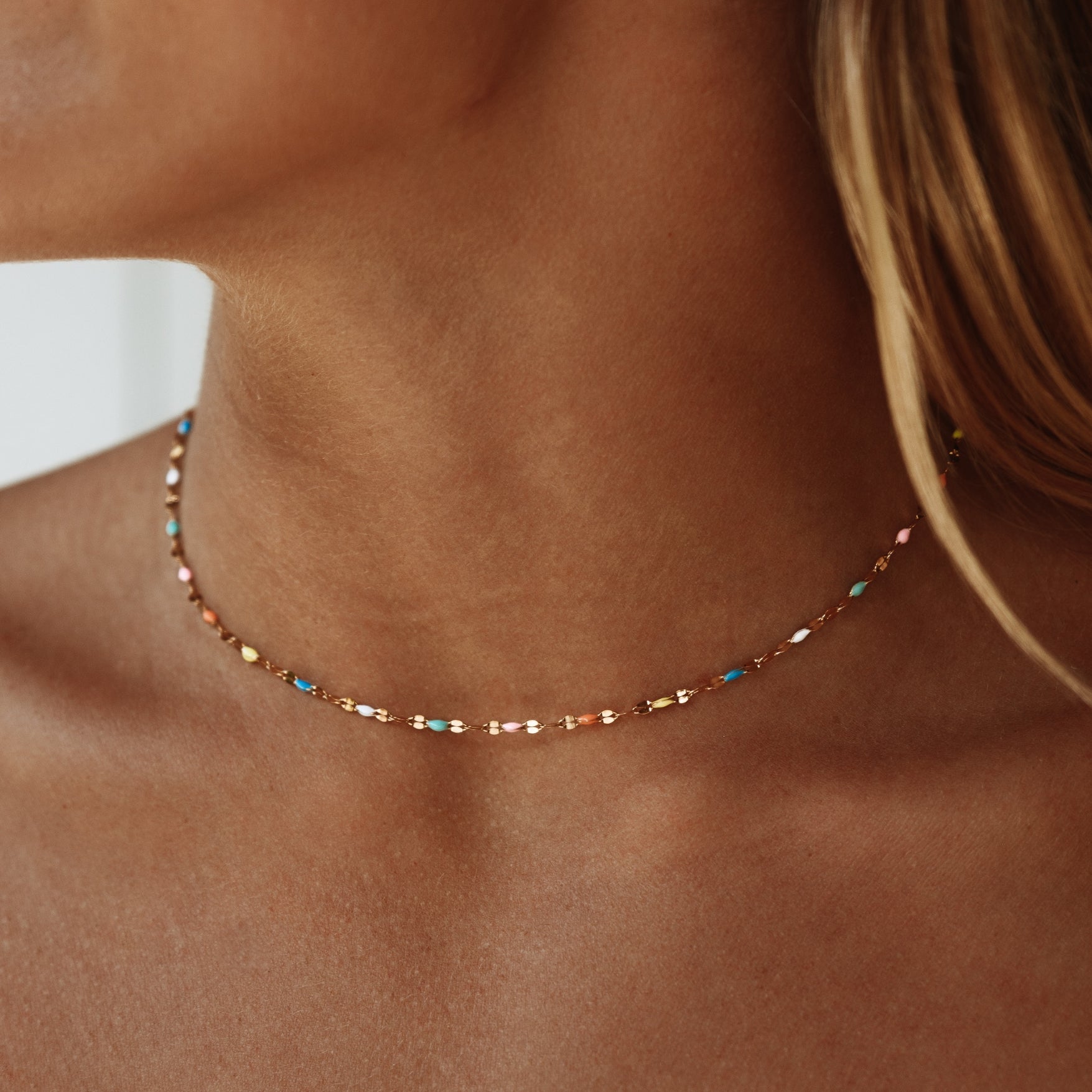


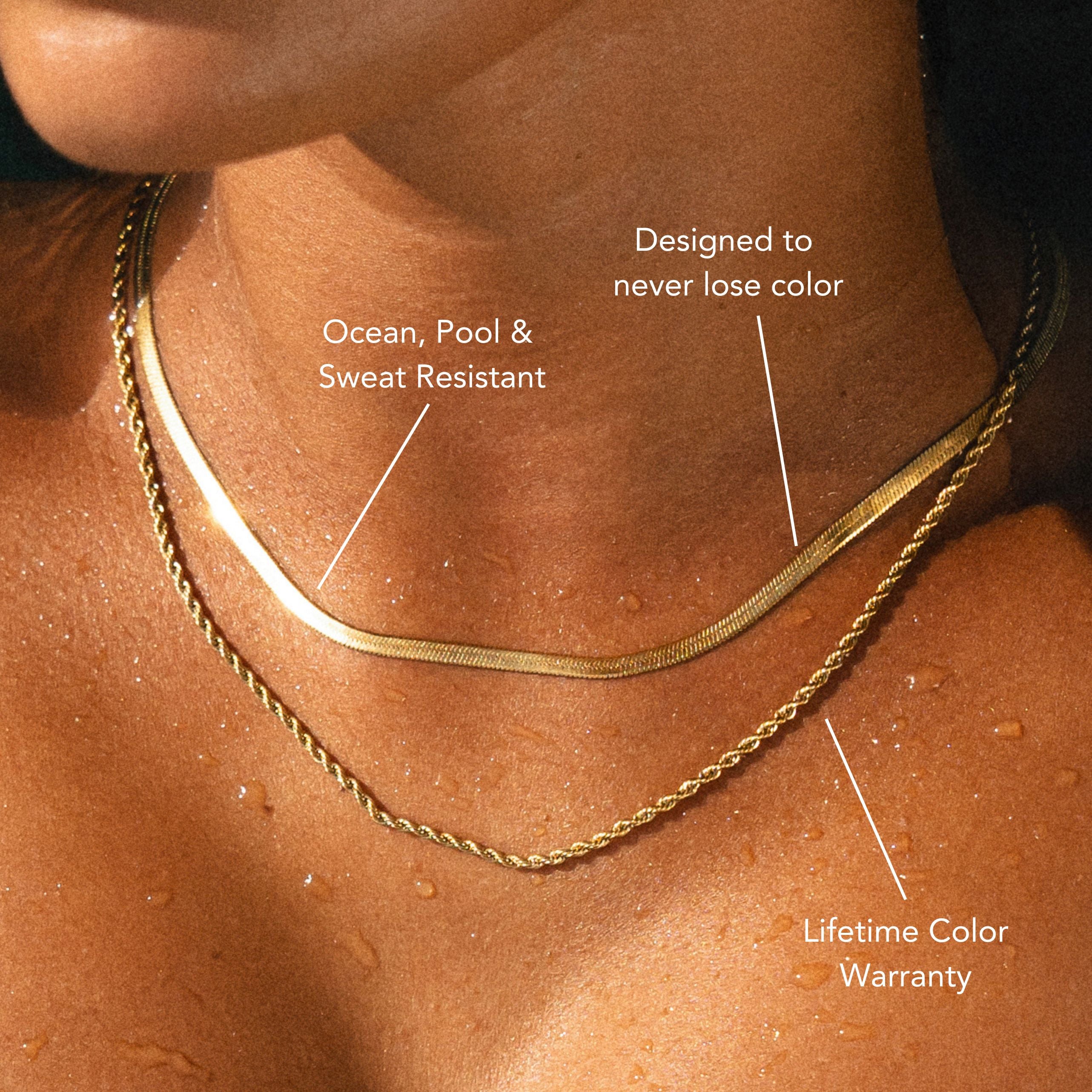
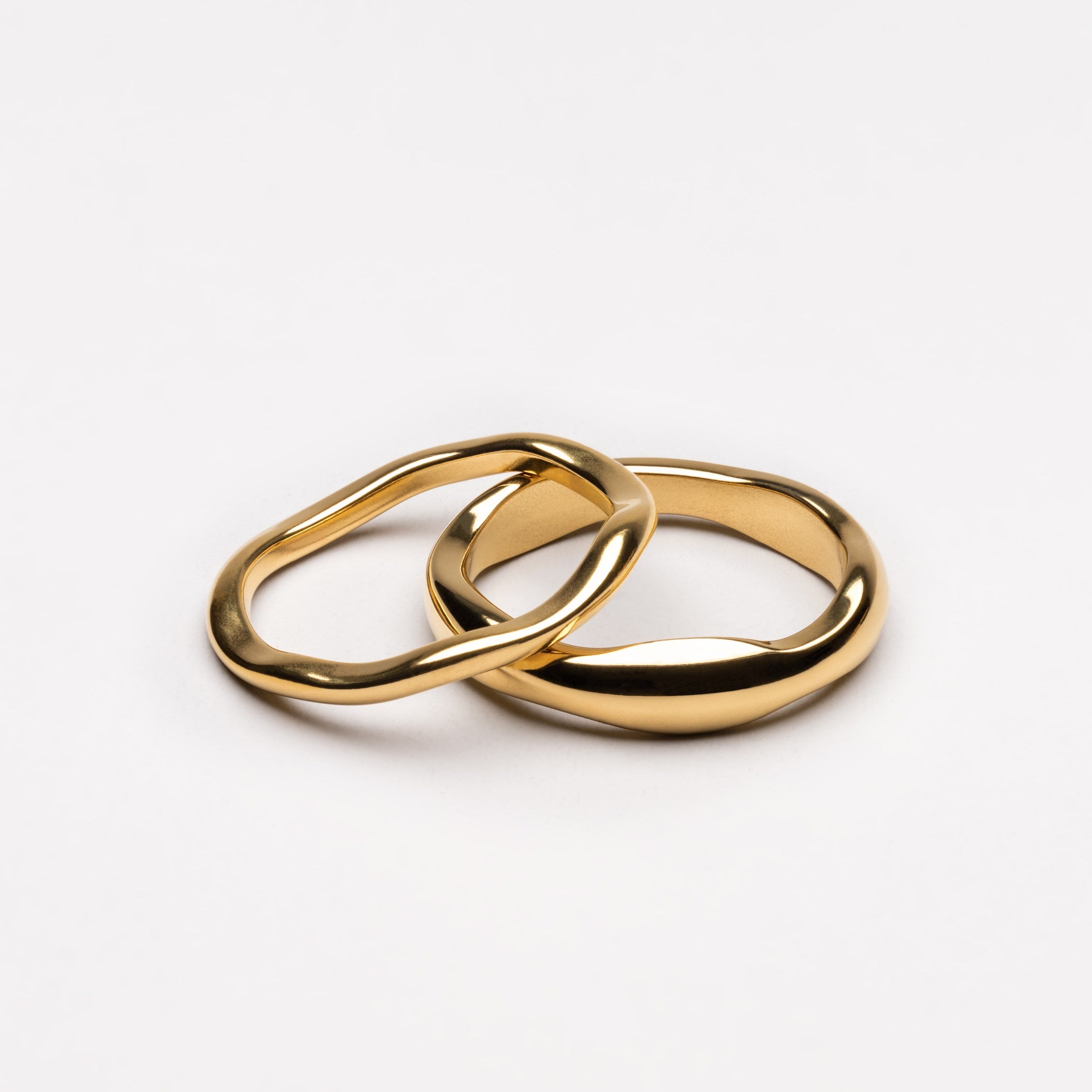


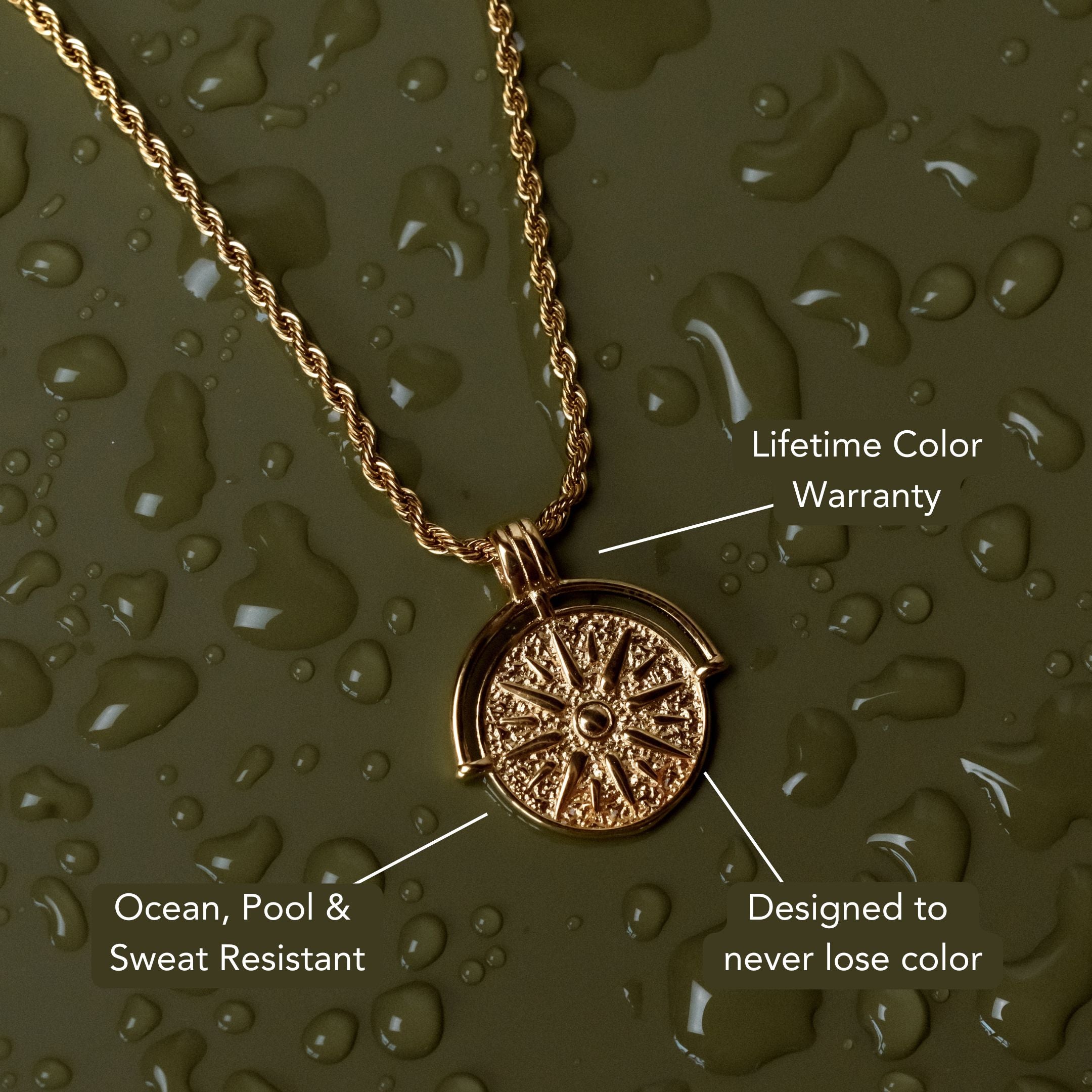
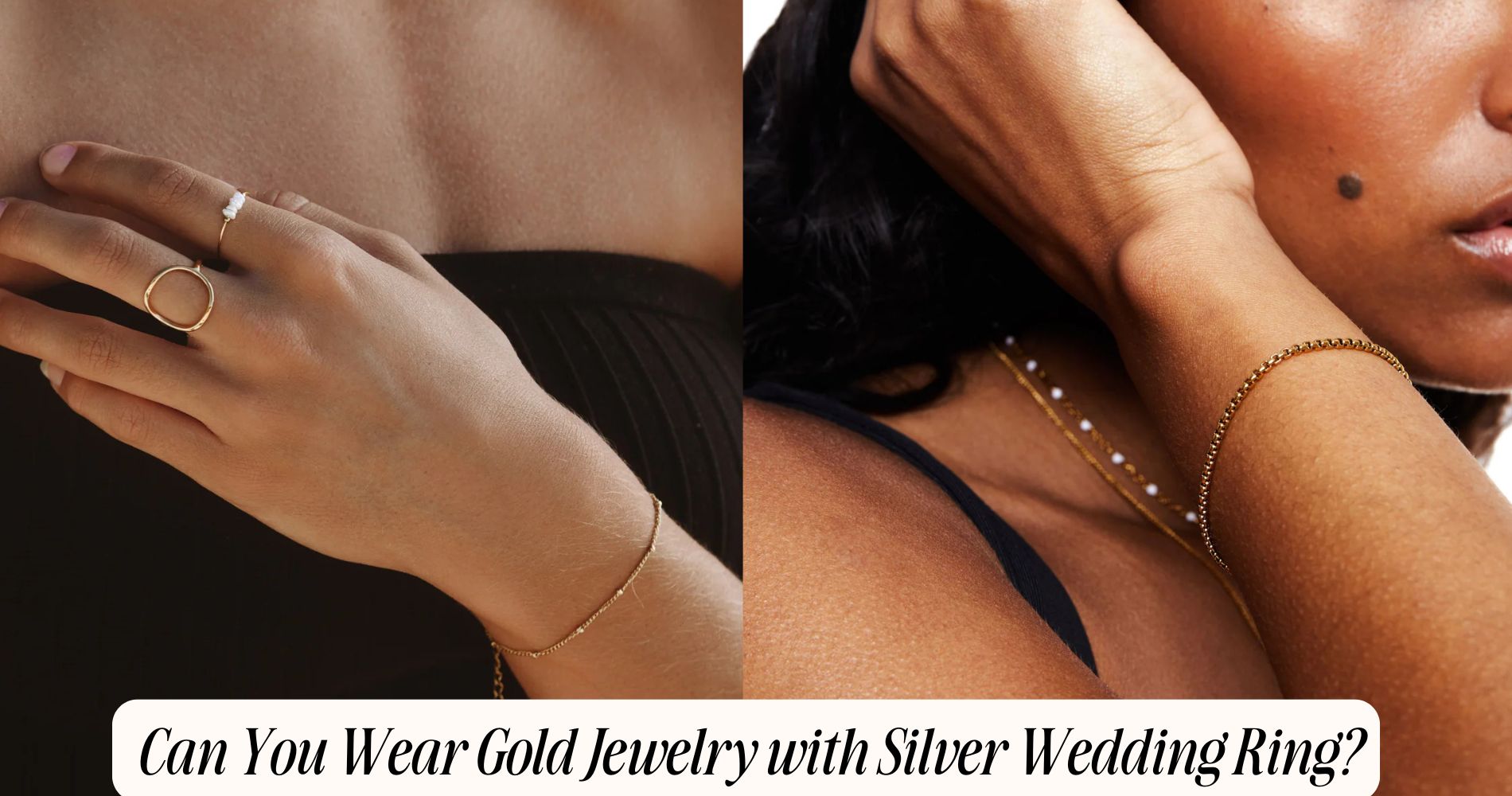
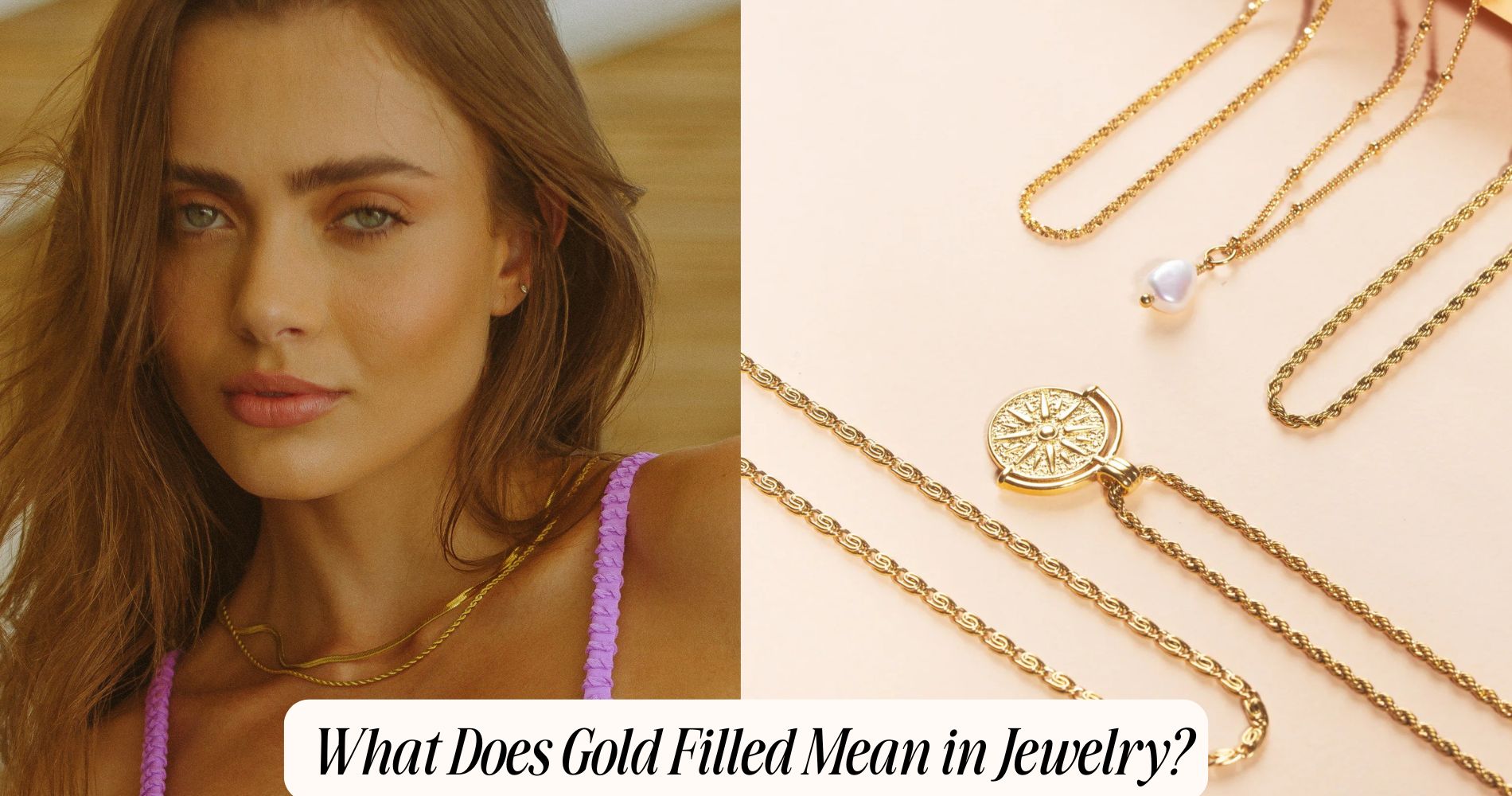




Leave a comment
This site is protected by hCaptcha and the hCaptcha Privacy Policy and Terms of Service apply.